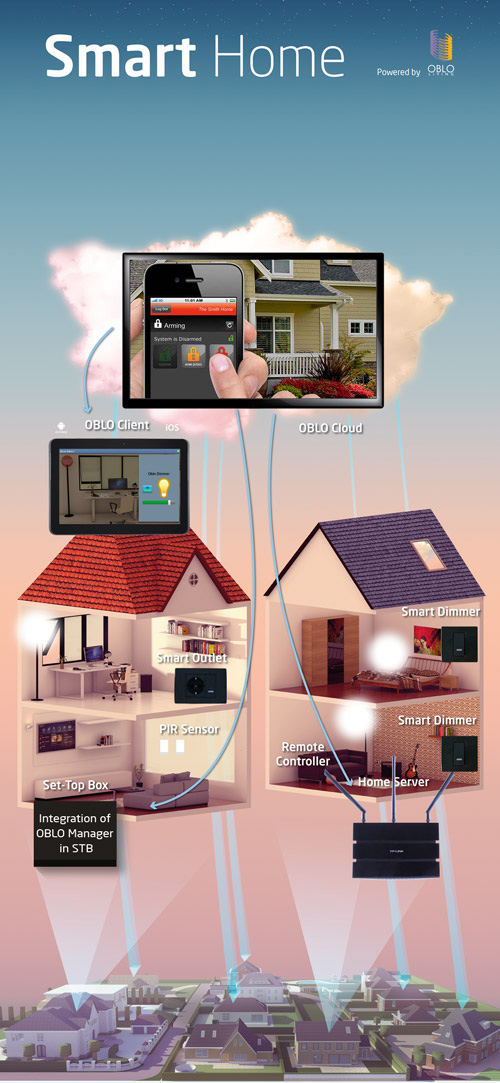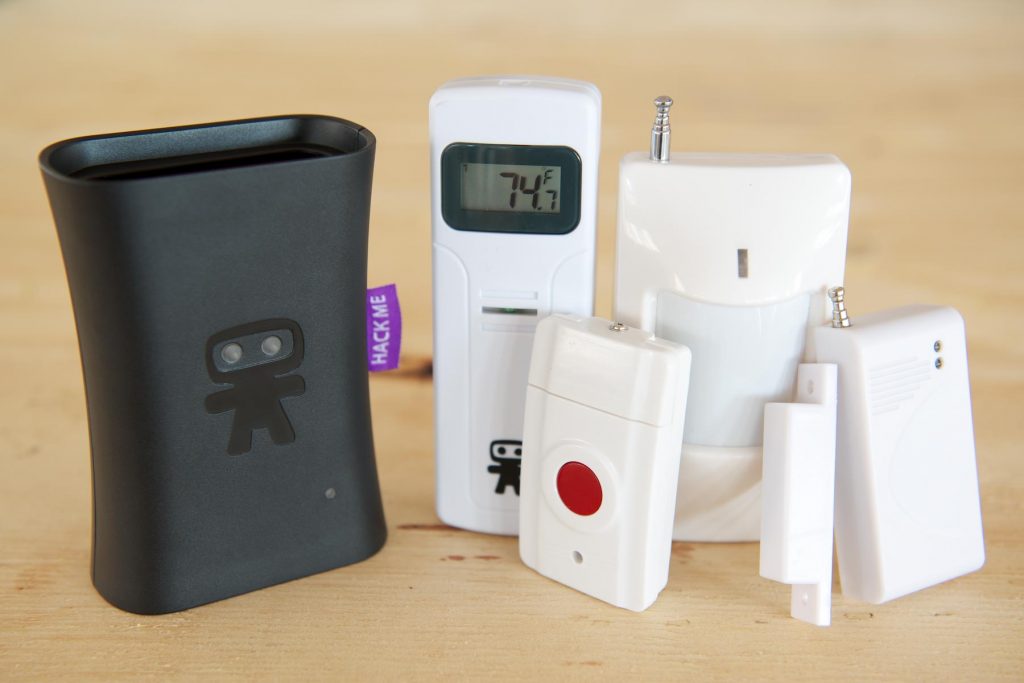Home Automation Sensor: Which Model for Which Function?

The home automation sensor is a vital element of a connected installation since it allows you to communicate with the different devices, to transmit information to the detectors according to the configuration and thus to trigger the action of one or more of your devices (automatic lighting, alarm, heating, etc.).
Components of a home automation system
A home automation system is a set of equipment of different nature. For example, the home automation box is the point of convergence of the peripherals and the link with the Internet box and the user interface (specific smartphone/tablet application, voice synthesis box…). The connected objects are the media in which the essential functions of home automation are embedded (connected thermostat, connected light bulb, TV, household appliances…).
The actuator modules enable the control of not natively connected equipment (lamps, controlled sockets, motorizations such as gates, garage doors, shutters, blinds, etc.).
The detectors automatically trigger an action (lighting following a visit, alarm following an intrusion attempt, alert in case of water leakage or smoke detection…);
Finally, the sensors or probes collect information (temperature, humidity rate, luminosity, air quality, rain, wind speed…).
Purpose of a home automation sensor
A sensor allows converting a physical quantity (temperature, luminosity, humidity, flow, object presence) into an analogical, radio or electric signal.
This conversion allows the electrical signal processing by electronic structures for measurement and control purposes.
Home automation sensor: which model for which function?

The home automation market offers a multitude of sensors. The logical sensor detects an event or an object linked to the system. The analog sensor exists in 2 groups: the physical analog sensor for deformation, temperature, magnetic, acoustic, etc., and the chemical analog sensor for gas, humidity, biochemical, etc.
Then, we have a digital sensor that provides a frequency signal. The best-known model is the rain gauge. Easy to use, they can be directly coupled to a meter. It collects binary combinatorial information, such as optical encoders for digital recognition.
Note that digital and biometric sensors are the most efficient to meet the requirements of home automation security or home automation PMR.
Precision: sensors are increasingly integrated with connected objects (thermostat, weather station…). They are usually immediately able to communicate with a smartphone/tablet application or even be used as variables in a home automation scenario, thanks to the IFTTT protocol.
Innovation: autonomous home automation sensors
How are autonomous home automation sensors innovative? Wireless home automation has one major drawback: batteries! You have to change them regularly, which can represent a specific budget, and above all, their obsolescence leads to malfunctions that often discourage users over time.
The autonomous home sensors recover data without a wired link, in radio, while being self-sufficient in energy thanks to the energy harvesting according to several processes:
– The piezoelectric effect: the transformation of a movement into electricity;
– The thermoelectric effect or Peltier effect: the transformation of a temperature difference into electricity;
– The photovoltaic effect: the transformation of light into electricity.
Where to buy these sensors?
You can find the various home automation sensors in the leading specialized DIY stores, online stores, or professionals specializing in home automation.
Think about the home automation kit, which often includes many sensors, depending on the type of function you are looking for.
Read more here:
What is Home Automation and Security;
Home Automation and Lighting Management;
How to Choose Your Home Automation Gate?
Connected Kitchen and Home Automation: A Dream Comes True…
Home Automation & Connected Alarm: How Does It Work?

1 thought on “Home Automation Sensor: Which Model for Which Function?”